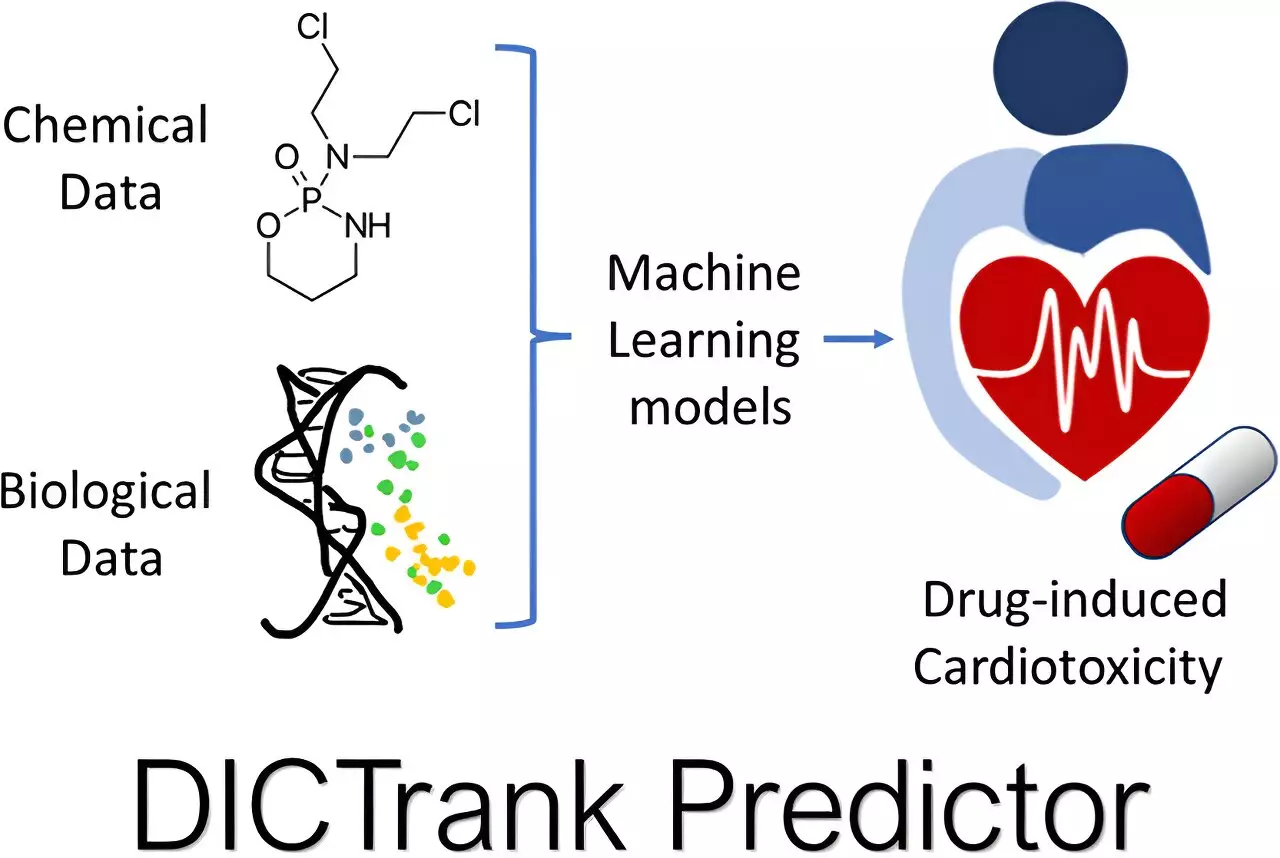Developing a new pharmaceutical is akin to traversing a perilous path—one laden with obstacles and often riddled with failure. The journey can extend over many years, absorbing millions of dollars, yet statistics highlight a sobering reality: more than 90% of drug candidates flounder in clinical trials. The primary culprit? Safety concerns. Traditional drug development methodologies are becoming increasingly inefficient, as they struggle to predict adverse biological effects before subjects undergo testing. This dismal outlook for drug candidates is propelling the industry toward innovative technologies—specifically, artificial intelligence (AI) and machine learning—that promise to revolutionize the approach to toxicology assessments.
AI: The New Frontier in Toxicology
Researchers at the Broad Institute of MIT and Harvard have embarked on a transformative quest, crafting machine learning models capable of screening drug candidates for their potential toxicity before they ever come into contact with living organisms. Srijit Seal, a visiting scholar at the Carpenter-Singh Lab, spearheaded the initiative by training AI systems to evaluate the chemical structures and attributes that might lead to harmful effects in humans. The insights derived from this research offer drug developers the ability to predict not only general cellular health but also essential parameters like pharmacokinetics and organ function—key metrics critical for translating a drug candidates’ theoretical promise into real-world efficacy.
This ambitious work has yielded significant publications in reputable journals, including the Journal of Chemical Information and Modeling and Molecular Biology of the Cell, and lays the groundwork for a new era in drug safety. The implication is clear: while AI may not eliminate the need for laboratory trials, it offers a refined lens through which researchers can filter potential candidates, enabling them to concentrate their resources where they matter most.
Harnessing Historical Data for Modern Solutions
The foundation of this transformative research is built upon carefully curated datasets provided by the FDA. These datasets classify the likelihood of drugs to induce toxic effects on vital organs such as the heart and liver. Seal and his team recognized an opportunity to harness this wealth of information to enhance their predictive models. By employing algorithms focused on identifying toxic mechanisms based on structural properties, they were able to develop specialized predictors—DICTrank Predictor, aimed at cardiotoxicity, and DILIPredictor, focused on liver injury.
What sets these models apart is their sophistication: while many drugs exhibit similar structural features, their impacts can dramatically differ across species. The DILIPredictor model is particularly groundbreaking, adeptly predicting safe human applications of compounds that otherwise posed toxicity risks in animal subjects. Such precision could dramatically reduce the risks of post-market drug withdrawals, a common pitfall in pharmaceutical history.
Pharmacokinetics and the Imperative of Predictive Models
In the realm of drug development, pharmacokinetics is paramount. The manner in which a drug is absorbed, distributed, metabolized, and eliminated from the body can make the difference between therapeutic success and failure. Unfortunately, conventional modeling techniques are costly, demanding extensive time and resources. Enter predictive machine learning, a modern solution designed to streamline this vital process.
As Seal collaborates with colleagues to develop a predictive pharmacokinetic modeling tool, the potential benefits become apparent. These models not only promise to enhance efficiency but also serve as a feedback loop that evolves the drug development process. By narrowing the scope of research to those compounds with the highest potential for bioavailability, pharmaceutical companies can allocate their resources more judiciously, reducing the attrition rates that have haunted the industry for decades.
Bridging the Gap Between Data and Biological Insights
Beyond predictive toxicity, AI’s potential extends into interpreting the intricate relationship between a compound’s structure and its effects on cellular health. This is where the integration of image-based data becomes vital. Seal’s development of BioMorph—a deep learning model that merges imaging data with biological metrics—stands as a testament to the innovative fusion of disciplines. By leveraging morphological features captured through imaging software, BioMorph provides additional layers of understanding regarding how compounds influence cell health.
This endeavor to make complex imaging data interpretable for biologists addresses a significant gap within the industry. Often, the sheer volume of data generated during experiments can leave researchers perplexed about its biological implications. BioMorph not only aims to clarify these insights but also demonstrates a revolutionary approach that empowers scientists with actionable information—transforming the static nature of data analysis into dynamic, insightful decision-making frameworks.
The promising trajectory of drug development is being redefined as researchers embrace data-driven strategies supplemented by cutting-edge AI technologies. By addressing toxicity concerns early in the process, the pharmaceutical landscape is poised for monumental progress—one that holds the potential to restore faith in the vast investments made in the quest for effective and safe medications.


Leave a Reply